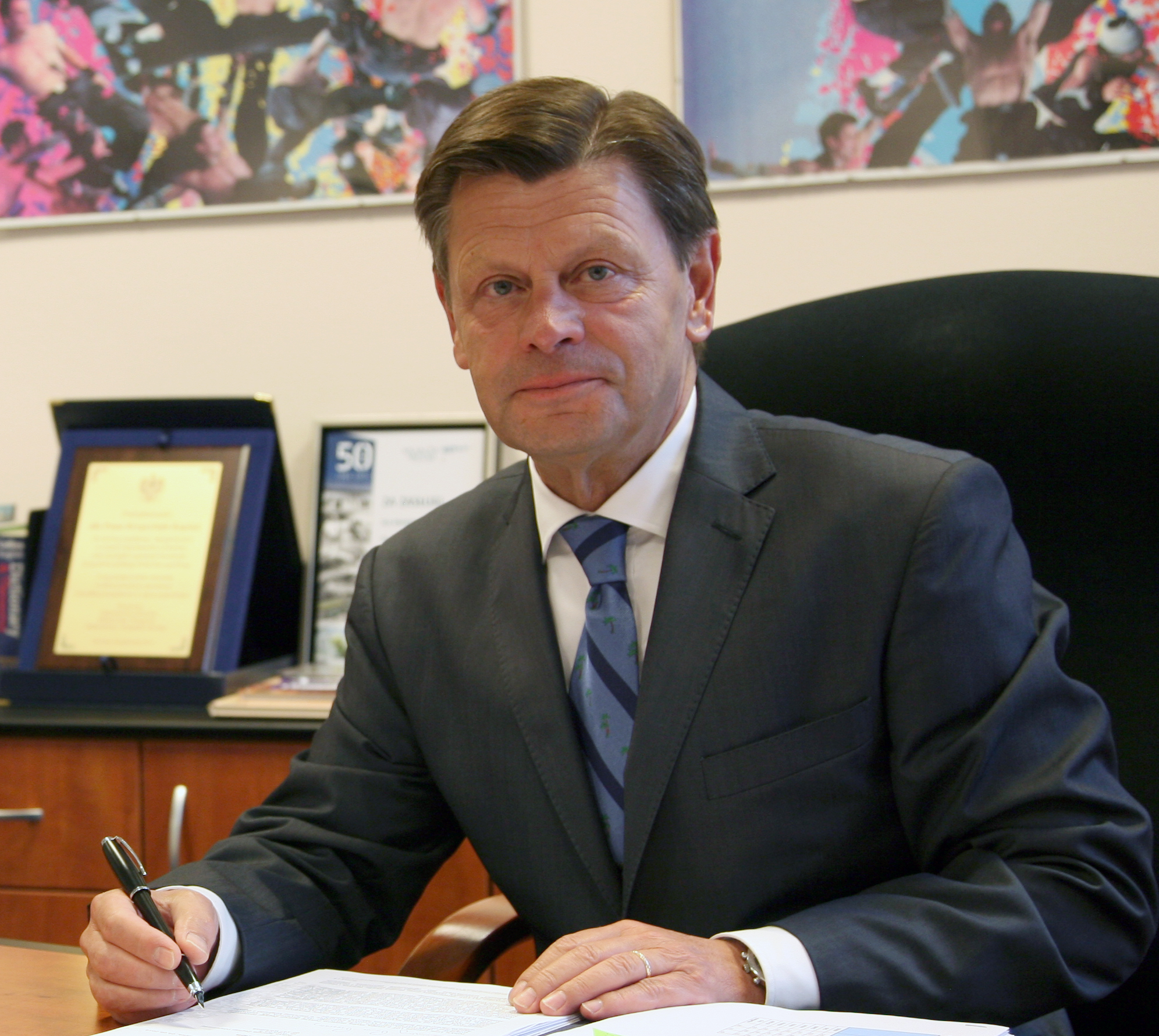31 August 2014
Interview with... Krzysztof Kapis - CEO of PANSA
CEO of PANSA
[Cleared n°7 - Year XI July - August 2014]
CEO of PANSA
[Cleared n°7 - Year XI July - August 2014]

PANSA has recently entered into the A6 alliance. How do you see your role in the Alliance and what does this agreement mean for Poland?
The ultimate goal is to significantly contribute to the A6 Alliance effort to modernize the European ATM infrastructure, building at the same time the most advanced common system that would be able to cope with huge challenges of the aviation sector. Secondly, we need to look for any opportunities to build a platform of co-operation between the A6 Alliance and Air Navigation Service Providers from the Eastern part of the European Union, who represent different activity model. For my organization and for my country the accession to the Alliance creates the chance to be a part of the SESAR Deployment management process from its beginning.
Together with the intention of PANSA to apply for the SJU membership it makes a logical sequence in the way of working jointly on all elements of the aviation architecture: air traffic management, airlines and airports.
This means that we are - even more than until now - at the front line of changes that started occurring across Europe, with the significant impact on our own aviation capabilities. This is valid not only for Poland, but for each European country.
Do you believe that your participation to the A6 Alliance will give a major boost to the Eastern European countries role in ATM?
Central and Eastern part of Europe has experienced the unprecedented growth of traffic in the recent years and this positive growth would continue also in the coming decades. Although the fact is that the starting level was relatively lower, but the region will face rather sooner than later similar problems to those that already are visible in many parts of Western Europe.
The A6 members have now a great opportunity to become the driving force in changes of the European ATM system. The major boost may be given to the Eastern European countries by making it visible that the Deployment leadership is not supposed to dominate over those who are not yet directly involved in the SESAR Deployment but through clear and transparent awareness of changes that have to come and what way they have to be accomplished. PANSA knows well the current status of development in East European ANSPs. Being at the same time part of the Alliance, PANSA has the chance to provide this visibility.
How important is the Deployment phase of SESAR for the implementation of the Single European Sky?
It is absolutely crucial. Theory without its practical implementation remains just a beautiful dream.
The point in SESAR Deployment is to overcome the everlasting inefficiency in Deploying all major pan-European infrastructural programmes that failed due to de-synchronized investment cycles of individual ANSPs.
The only way to synchronize them is to provide co-ordinated solutions (this is the SESAR development phase) along with financial incentivisation that would weaken original individual investment cycles. And that's what the SESAR Deployment is supposed to do. But this is only the vehicle.
How efficiently this vehicle will shift the traditional paradigm in ATM - that's still question of evidence. If that is the case as long as we look at the SES project throughout its assumptions and objectives being set up by the European Commission, we have to come to the conclusion that operational and financial performance is all about SES. In that sense Deployment phase should be perceived as the key element of the whole project.
How do you see PANSA involvement in the SESAR 2020 programme?
During the Conference held in February 2007 in Rzeszów, in conjunction with the SESAR Joint Undertaking, PANSA declared its willingness to participate in research and development of SJU, at the moment it initiates the enlargement process to new members. Following the formal call for expressions of interest in membership in the SJU, PANSA managed to generate a great interest among industrial and research centres in Poland as future associated partners.
As the next step we are in process of forming a consortium with some Eastern and Central European ANSPs. At the same time we became already active in the A6 R&D Working Group that makes us able to co-ordinate our potential interest in SJU with the plans of the "old" members of the Alliance.
PANSA is part of the Baltic FAB along with other Countries. How is the process of Functional Airspace Blocks development going?
In accordance with the EU Regulation, EU countries were to launch their functional airspace blocks (FAB) no later than by 4 December 2012. Baltic FAB was established and its various elements are being implemented. Baltic FAB implementation plan, detailing operational and technical projects, has recently been positively evaluated by the European Commission.
The significant part of the plan is in accordance with the known content of the Deployment Plan, which is under preparation.
Also current discussions of PANSA and Oro Navigacija on implementing new technological solutions are more and more focused on those that are emerging as a result of SESAR co-operation. The time required to implement the major elements is by coincidence in line with the SESAR plans.


